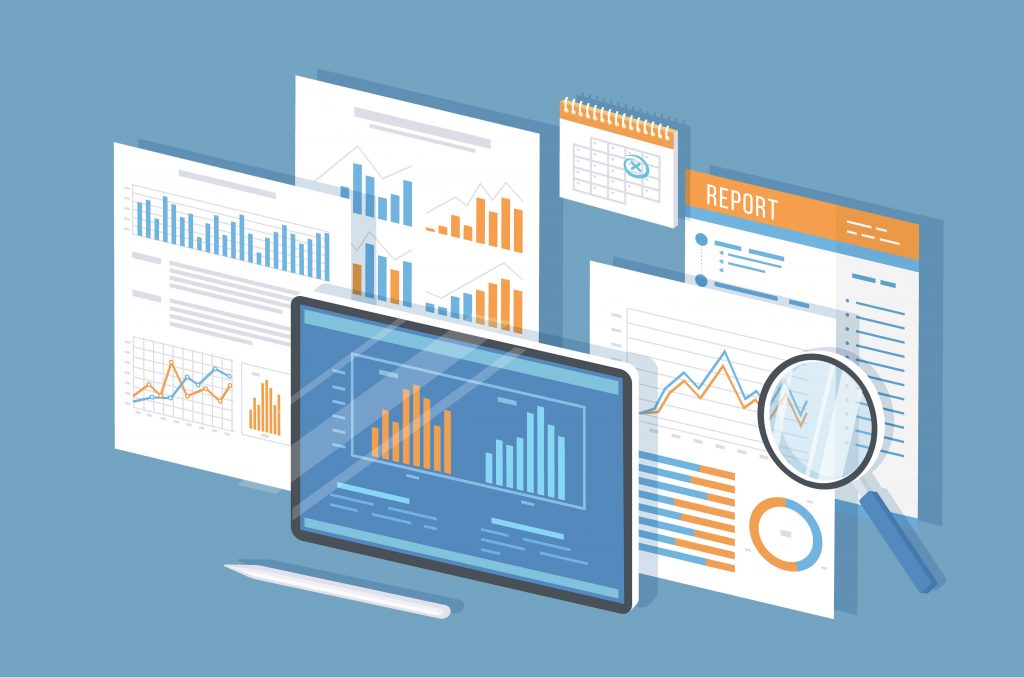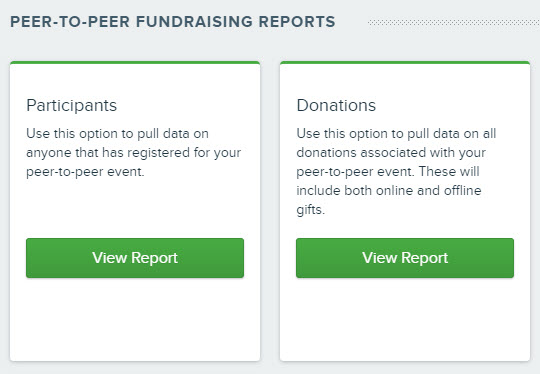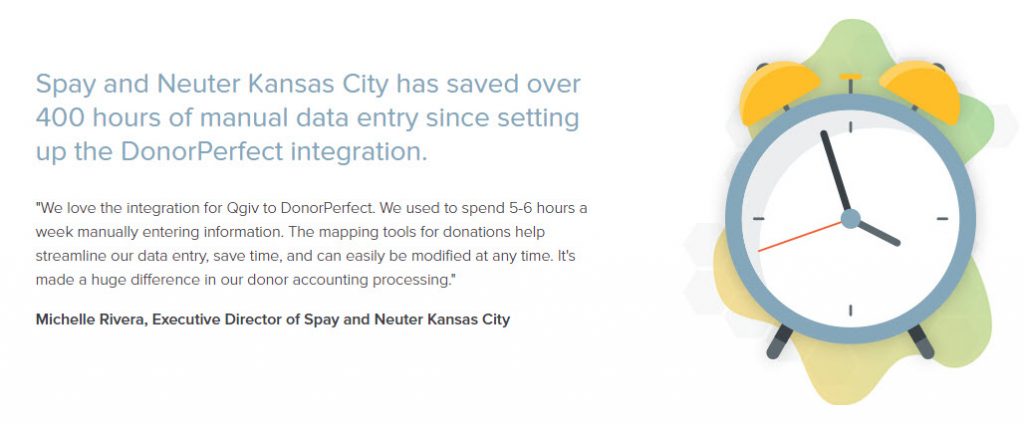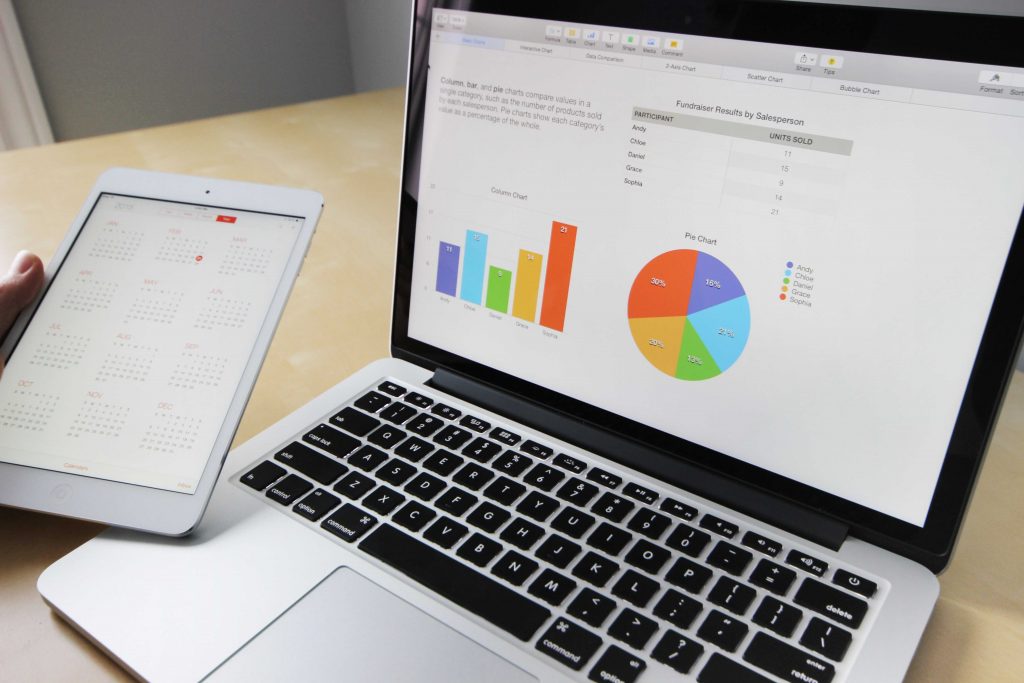Donor data can help nonprofits make better fundraising decisions. But the data you collect shouldn’t come from donors’ gifts alone. Your supporters likely participate in or fundraise for your peer-to-peer events too! With their participation comes a wealth of valuable event data. With proper event data management, you can harness that data to improve on fundraising events, retain more donors, and raise more money for your mission. Read on to learn how to start making the most of your event data.
What is event data and how is it managed?
Event data is the information generated via your nonprofit fundraising events. This can include broad data like the number of participants, the total dollar amount raised, or the number of event store items sold. With a robust fundraising event tool, you’ll also generate more narrow data like contact information for new participants and donors, performance data for each individual fundraiser, and data on which auction items generated the most interest.
Your event may generate a wealth of data, but all that information won’t help your cause unless you put it to work. How do you accomplish this? Through event data management. It’s important to analyze your data before, during, and after a fundraising event to determine how your event is performing.
With some event fundraising software, you’ll only get raw data and will have to perform your own calculations to glean meaningful information out of it. That can mean spending the better part of your day manually entering the raw data into an Excel spreadsheet to make sense of it all.
More robust online fundraising tools focus on making your fundraising event data accessible, understandable, and portable.
Start with analyzing broad data
For the best results when managing your event data, start with a focus on broad data. Determine the total amount raised, the total number of individual participants, the number of individual gifts, etc. Then, you can use this data to determine the success of your event. You can look at it in comparison to what your nonprofit was projected to raise. Additionally, you can compare your broad data against fundraising data from last year’s events or other events to determine which events work best for your organization.
Don’t forget about your narrow data
When you’ve thoroughly analyzed your broad data and made those determinations, you can narrow your focus to your narrow data. This data is more detailed. While it doesn’t help draw conclusions about the fundraising event’s overall performance, you can use this data to update or create new donor records, judge individual fundraising performance, determine which fundraising participants used which tools to fundraise, and more. This in-depth analysis can reveal helpful information about your individual donors and your fundraising teams so that you can help them fundraise more successfully in the future.
When you can understand your data at a glance and put it to good use, you’re able to use event data management to improve your performance.
Collect event data
The first step in using event data management to be more successful is setting yourself up to be able to collect data. This is where having fundraising software in place can save you a lot of headache. Cash-only events lack an automated way to collect information about who is showing up and taking part. Encouraging guests to register online not only automatically tracks your number of participants, it also captures participants’ contact information for event communications.
But it’s not enough to give guests the power to register online. The fundraising event software has to collect that data and make it accessible to you. Do your homework when looking for a partner for your online fundraising events and ensure you’ll have access to the data you’ve collected from your supporters before, during, and after your event.
Make your event data portable
Another consideration you’ll need to make is how you can use the data you’ve collected. Many nonprofits pride themselves on developing a strong donor database. If you can’t get your event participants’ data from your fundraising event into your CRM, you’re losing out on tons of great information.
Additionally, if you can’t upload participant email addresses into your email service provider efficiently, your event communications will likely take a hit.
Once you’ve collected your event data, it’s important to be able to export that information to your other tools so that you’ve always got the most up-to-date data available.
Good event data management means being able to put your data to good use. That may mean exporting fundraising event reports to Excel to discuss results with staff, uploading donor contact information to your email service provider, or using a service integration to export event data to your CRM or accounting software.
Learn what the data says
Once you’ve compiled your data, learn what it has to say. This next step is the most challenging one in event data management. Why? Because it requires doing some critical thinking to interpret your event data.
You can start out simple and perform more complex analysis later when you have ample time to dig in.
Comparing your event against others
The first type of analysis is the simplest. All you need to do is compare your current event data against previous events. This can give you a year-over-year comparison to gauge whether your event this year outperformed last year’s event or if you lost momentum. Similarly, you can compare all of your events against one another in the same calendar year. You’d do this to see which events are working for your nonprofit and which don’t perform as well. For example, if your organization held a virtual event last year and it outperformed the prior year’s in-person event, what elements can you keep from the virtual event to increase engagement?
From there, look at what is different about each event. What unique factors drove the success of one event over another? Are there certain events that perform better than others? Are there certain times of year participants are most enthusiastic to fundraise?
Analyzing your fundraising event data
The second type of analysis takes a more in-depth and granular look at your fundraising data. Sometimes, this data can be neatly summed up for you. For instance, you likely can tell how much your event raised at a glance via your fundraising thermometer or your event dashboard. With a list of registrants, you should also be able to quickly get a total of the number of registrants your event had.
But other data may take a bit more time to analyze and interpret. For example, if you had an event store or a silent auction as part of your event, you may be curious to know what items encouraged participants to bid or make purchases. This requires comparing your event items against one another. How many of each store item were purchased during the event? What auction items had the most bids? Which had the least? This analysis can take some time, but it should give you a better idea of what motivates your supporters most.
Additionally, you can analyze data from your fundraising participants to determine who was successful and who struggled with fundraising. You can reach out to those who struggled and get data on why they struggled. Then, produce resources to aid fundraisers next year. Actions like these take event data management and makes the findings actionable, which in turn makes for more successful fundraising events.
Getting to know your participants
The third thing you can use your event data for is to get to know your participants. Look at who signed up to participate in your fundraising events. Likely, you’ll find that many participants are already in your donor database. But there are bound to be new additions you can add. Be sure to export your participant data into your CRM. That way, you can see who is new and reach out to them to thank them for participating. It’s also a great opportunity to introduce them to your mission. This is great for building a relationship with people who find your organization through your events.
Additionally, for existing contacts, update their donor records if they’ve provided new phone numbers, email addresses, or mailing/billing addresses.
If guests at your event could give to support funding priorities of their choosing, pay attention to what funds each donor gave to. Create segmented contact lists based on their giving preferences so you can send targeted communications based on these donor preferences.
You can learn a lot by looking at participant data after each event. Just be sure that you export participant information into your database for more complete donor records. If you know what events donors like to attend, which funds they give to, who they know, etc., you’ll be able to build more meaningful donor relationships.
Conclusion
Fundraising event management is key to hosting successful fundraising events. To use your data well, you need to know what the data says. Then, you must be able to make your data accessible and portable to put it to good use.
Want additional tips for nonprofit event planning? Check out our blog post on event venue management. It will teach you how to make the most of your virtual and physical event spaces.
Need a fundraising event platform that makes raising funds simpler? Take Qgiv for a spin.






